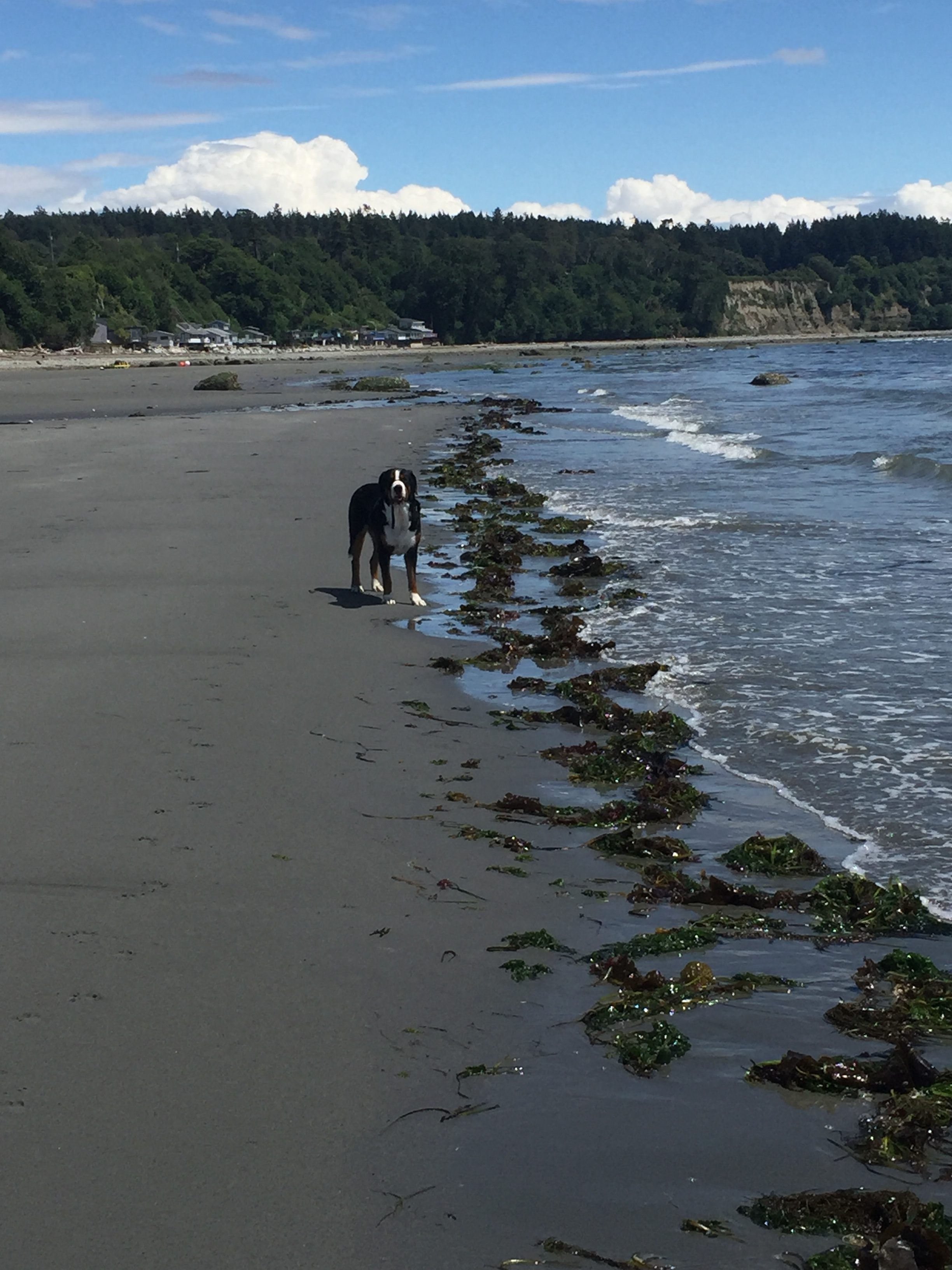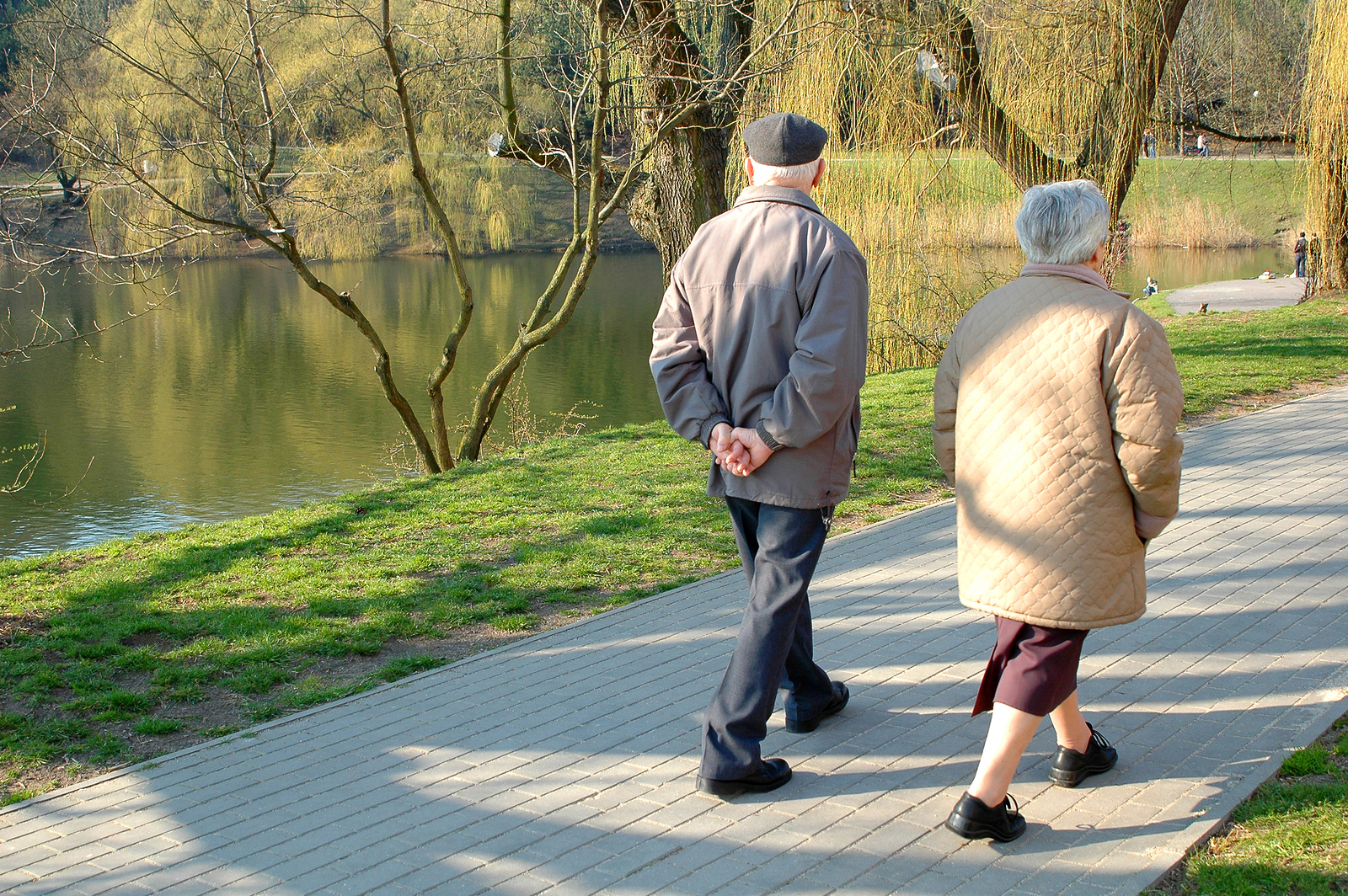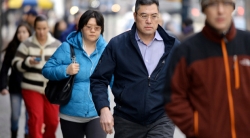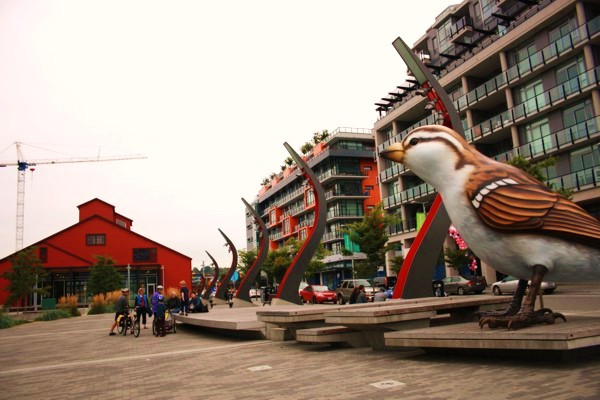
Imagine that you are walking downtown with your dog and decide to go to a restaurant, or shop. It is clear that your dog should not be accompanying you. As the New York Times contributor Jonathan Wolfe writes someone has thought about this dilemma and has come up with a solution in the form of pink and white kennels on commercial streets that you can rent for your dog.
Called the Dog Parker, these temperature controlled kennels have webcams inside, temperature controlled, and cost 20 cents a minute to use.
You register for the service, get a fob that allows you access to the kennels, and you can use the 45 Dog Parker “houses” in Brooklyn, or the new “houses” to be installed in other New York City locations in December. Dog Parker customer service maintains a 24 hour presence, and can remotely unlock the kennel if the dog owner loses the fob. The intent of these kennels is to provide “an alternative to leaving a dog at home or tying them up to a pole as one shops.”
Not surprisingly reaction to this innovation has been mixed. As one dog owner observed “I think it’s the worst idea in the world. I would never take my dog anywhere where I would have to leave them in a box or tied up.” Other dog owner interviewed suggested that instead of a lock box for a dog outside a store, regulation needed to be updated to allow people to access shops and services with their animals.
The Dog Parker company has been in business since last year and is actively soliciting businesses to install the kennels outside their businesses to become a “dog-friendly” establishment, capturing customers with dogs, and minimizing liability by having the dogs inside their establishments. Only in New York City so far.



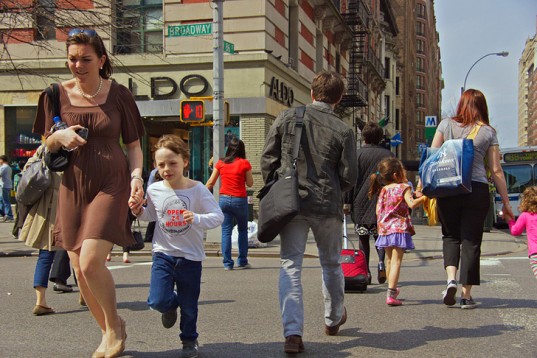


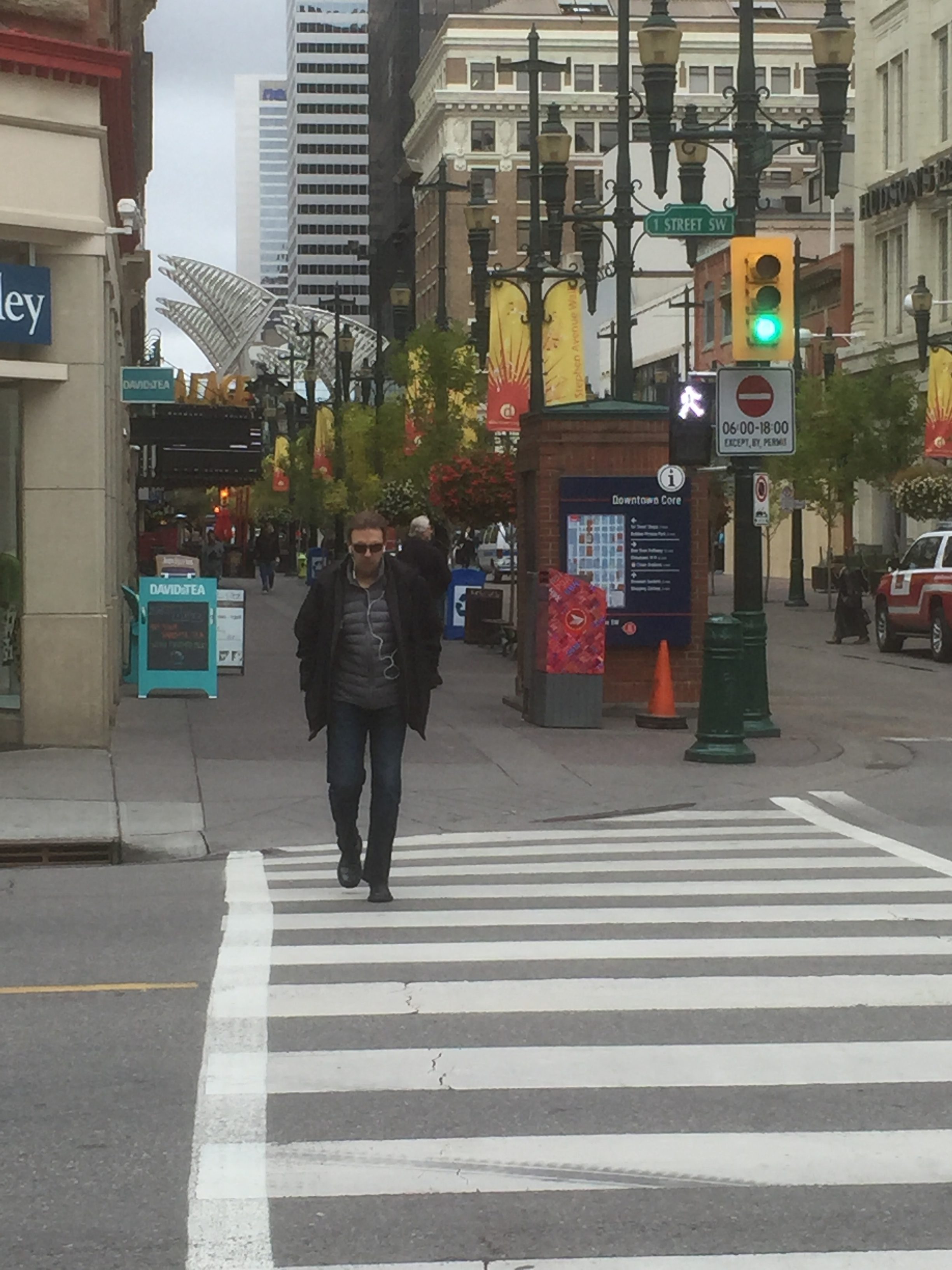

 Photos~Christopher Cheung
Photos~Christopher Cheung